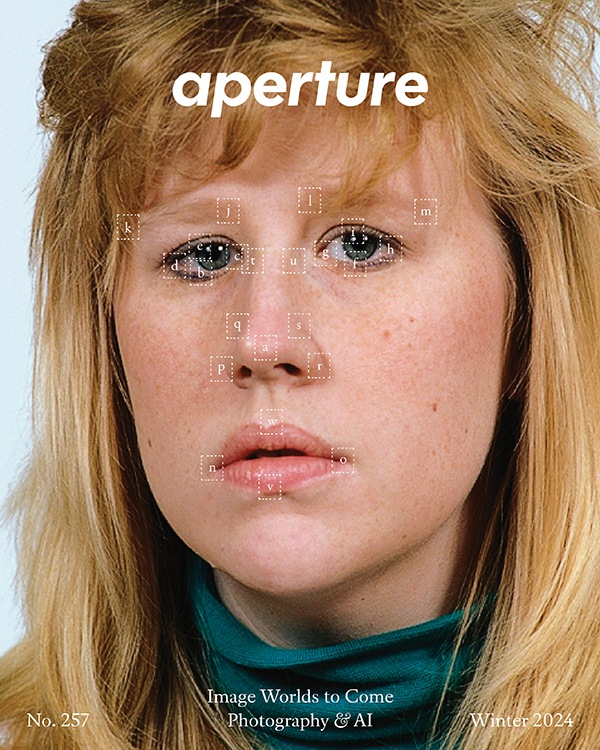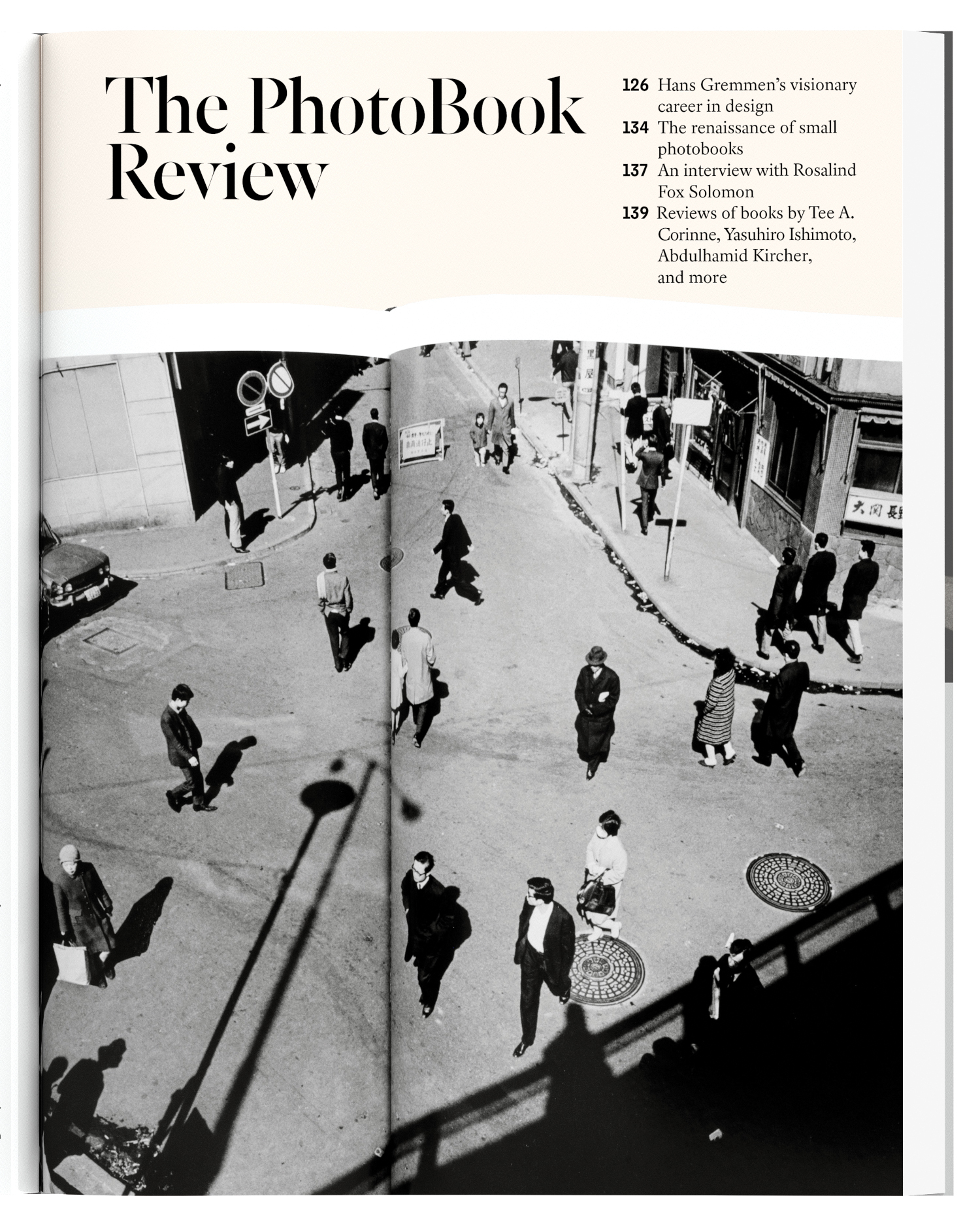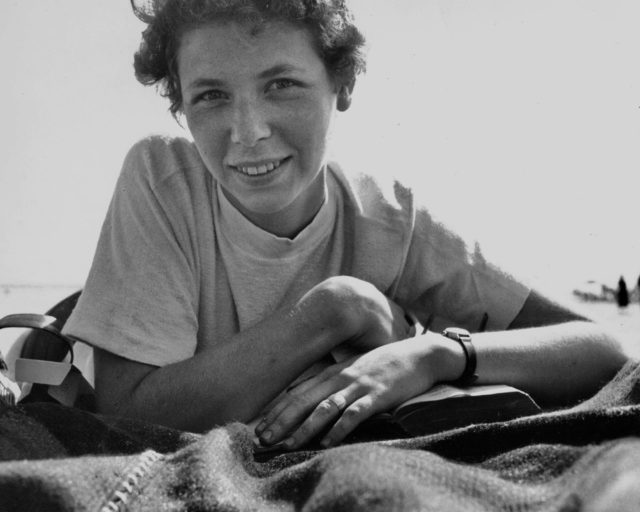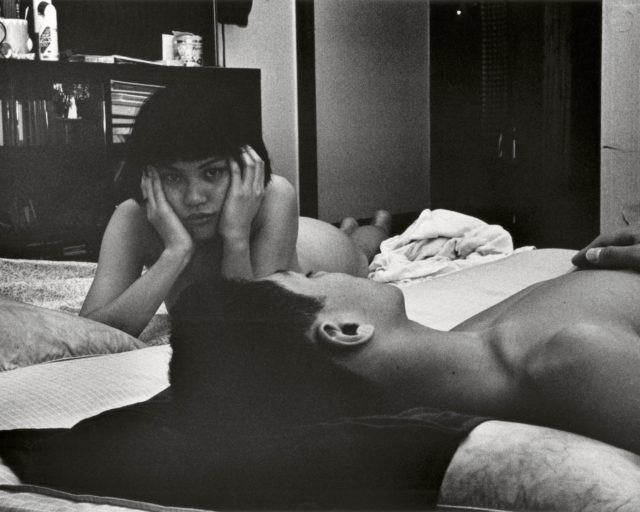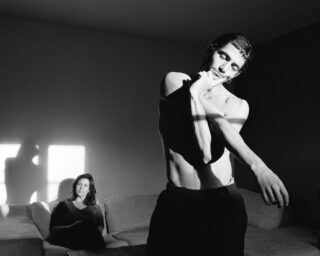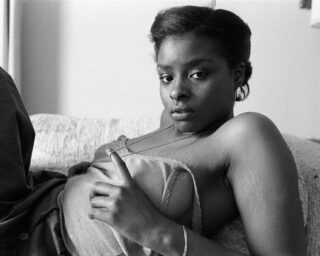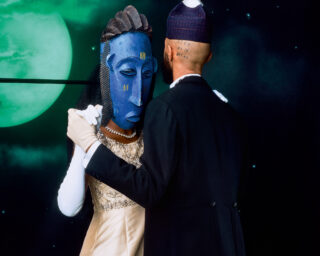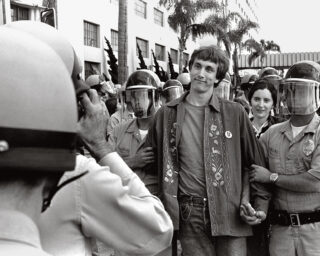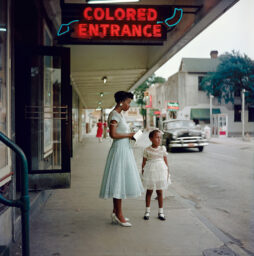Remembering Xavier Barral (1955–2019)

Xavier Barral at Paris Photo, 2017. Photograph by Ramón Reverté
When The PhotoBook Review was first launched in 2011, Xavier Barral was an obvious choice as the publisher best suited to launch the ongoing Publisher Profile column. The stated intent for the column was to “profile publishing houses that are contributing to the international photography book scene and who see the book as a primary means of expression within the broad field of photography.” Barral was a major figure in the French photobook community, but his impact was truly felt internationally. He had a keen and inimitable sense of the book as an object, and for the way photographic intention could be elevated by the judicious selection of materials, the right mode of reproduction, the proper balance of elements on the page. Barral brought an innate sense of elegance to every book, without ever reverting to the staid or expected, and his books ranged from the beautiful to the exquisite. Éditions Xavier Barral was a co-publishing partner of Aperture and it was a point of pride for a book that we originated to be selected as suitable for the XB list. It was with profound sadness and a sense of loss that we heard of his passing this past weekend. The publishing community is less lovely and less complete without him. In tribute to him, we repost Darius Himes’s column from November 2011. —Lesley A. Martin
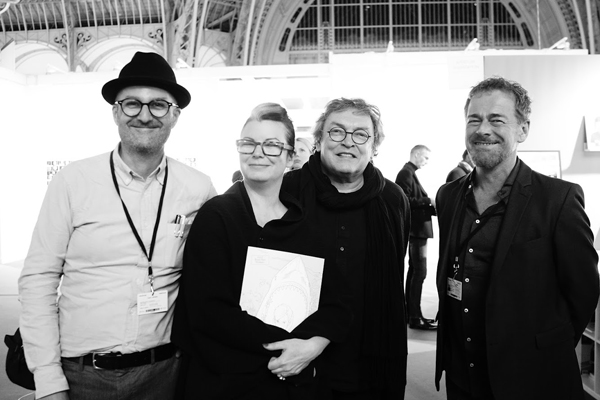
Ramón Reverté, Lesley A. Martin, Xavier Barral, and Klaus Kehrer at Paris Photo, 2017
Photograph courtesy Ramón Reverté
Editions XB, based in Paris, France, was founded in 2002 by Xavier Barral, a photographer and former art director. The first book Barral published was Word for Word, a co-edition with the Centre Georges Pompidou on the work of French minimalist artist Daniel Buren. In many ways, this book set the tone of the publishing house. As an artist, Buren was regarded as visually and spatially audacious, and is known as an abstract minimalist who is concerned primarily with what he calls the “scene of production.” For his book with Barral, this “scene” became the printed book. Word for Word is a glossary of sorts, thumb-tabbed like a large dictionary, covering one hundred key words, from A for “affichage sauvage” (fly posting) to Z for “Zigzag.” It is a pleasure to hold and behold.
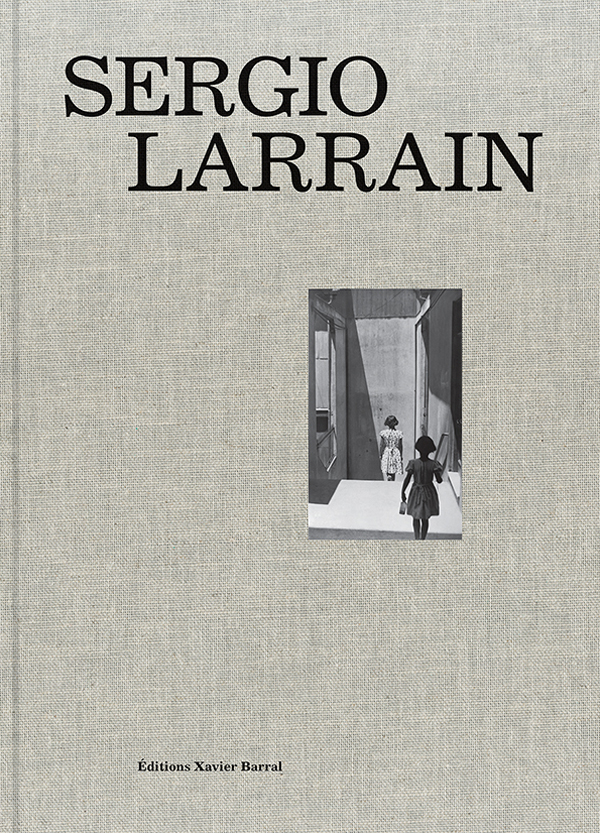
Sergio Larrain (Éditions Xavier Barral, 2013)
A creative marriage of content and form is precisely the point of a book, in Barral’s eyes. As a publisher, he actively strives to “recapture the pleasure of a book” and set the physicality of the object on center stage. Great art books are akin to “sculpture, or like portraits,” he stated in a conversation with me by email. “Books will become more and more expensive to produce, the cost of paper will never cease to rise, and they will become a luxury good,” says Barral. “The role of the digital book will be essential. I have nothing against the digital book. On the contrary, I see it as a solution to the dynamism of information and a field of fantastic exploration!” The paradox, he offers, “is in how it serves the art photography book. The digital book pushes the printed book to distance itself from accepted standards, to distinguish itself. The imprinted form becomes a choice.” This distancing from accepted standards is evident in the titles published since the inception of Editions XB. In the last few years, Barral has worked on projects with Jean Gaumy, Sophie Calle, David Lynch, Philippe Chancel, Takashi Murakami, and a second project with Daniel Buren.
Speaking about the nature of collaborating with artists, Barral shares that “Every collaboration has been gratifying. I publish authors not only because I want to defend an idea, a work, but also because they teach me, because they help me. And likewise, I push the artists. Through the books, I think I can go farther precisely because they surprise me. . . . I become a kind of conductor, advancing towards an objective. I see all my books as parts of a whole.”

Josef Koudelka, Wall (Éditions Xavier Barral, 2013)
Two books which exemplify this collaborative spirit were published this past year: Antipersonnel (2011), by Raphaël Dallaporta, and A Criminal Investigation (2011), by Yukichi Watabe. Dallaporta was born in France in 1980 and was the winner of the 2010 Young Photographer ICP Infinity Award. In many ways he represents a new generation of photographers who are consciously engaged with photographs and their relation to the printed word—whether following the dictums of scholarship or the mores of literature—and who see the book as a lasting, important form of expression. Dallaporta’s long-term projects can loosely be termed “documentary,” as they are concerned with real-world situations, but he consciously borrows a visual language from varied sources beyond the recognizable tropes of journalistic photography. His photographs and subsequent books are the result of collaborations with professionals from a wide range of fields, including social work, forensic pathology, and, for Antipersonnel, a landmine-clearing project.
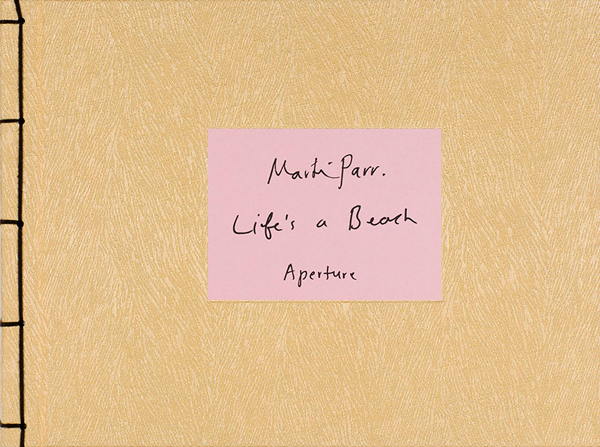
Martin Parr, Life’s a Beach (Aperture/Éditions Xavier Barral, 2013)
Also based on a real-world situation, albeit one from some decades ago, A Criminal Investigation, by Yukichi Watabe, looks and reads like a crime thriller, with the following text appearing on the back cover:
On January 14th, 1958 the disfigured and mutilated body of a man was discovered near Lake Sembako, Japan. Two Tokyo detectives were sent to help local authorities quickly wrap up what seemed to be a routine case. It turned out to be anything but.
From the outset, the question presented by this book is whether the story is fictional or historical. Watabe (1924–1993) was a freelance photographer who was granted special permission to accompany the two detectives on a murder case involving a dismembered body. The vocabulary Watabe wields is an elegant blend that draws on both film noir and the handheld, Magnum-inspired journalism of the era. Many of the photographs read like film stills, with the elder detective cast as the main protagonist of the story. The murder case was indeed real. Through the active storytelling devices of brief journalistic notes deeply enhanced by powerful editing, sequencing, and the design of the book, A Criminal Investigation borders on a true graphic novel in photographs.
Barral’s conscious attention to the printed book as a platform for creative expression in collaboration with artists and designers is what will distinguish Editions XB from other art and photography book publishers in the twenty-first century. —Darius Himes
At the time of the publication of this piece, Darius Himes was assistant director of Fraenkel Gallery and a cofounder of Radius Books, and had recently coauthored Publish Your Photography Book (Princeton Architectural Press, 2011).
